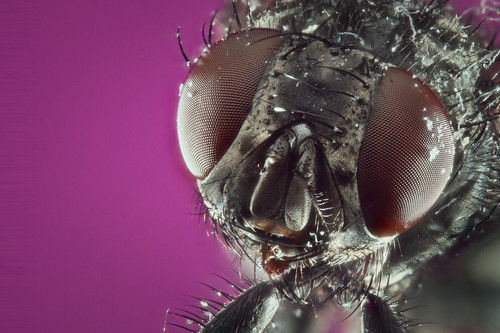
Wanted to share a recent discovery I made with my fellow photogs…
If you’ve ever been interested in macro/close-up photography, then you know how expensive it can be to get a good dedicated macro lens. They definitely work great, but are usually limited to 1:1 reproduction ratio and most people don’t shoot enough macro photos to warrant the acquisition cost. I made this mistake myself, but fortunately inflation worked to my favor and I was able to sell my 105mm f/2.8 VR for more than what I paid 4 years ago (lucked out!).
So for those who like to shoot on a budget (like me), there is a cheap and fun way to get into macro photography.
If you have a good wide/mid range prime lens (20mm/24mm/28mm/35mm/50mm)… these make wonderful macro lenses when flipped around (reversed). The wider the lens, the greater the magnification ratio you will be able to achieve (i.e. 20mm reversed will get you between 2-2.5x magnification). The great thing is, since you are using the lenses in reverse, they can be of any make/brand... old/new... just make sure that it has a manual aperture ring.
If you have a good wide/mid range prime lens (20mm/24mm/28mm/35mm/50mm)… these make wonderful macro lenses when flipped around (reversed). The wider the lens, the greater the magnification ratio you will be able to achieve (i.e. 20mm reversed will get you between 2-2.5x magnification). The great thing is, since you are using the lenses in reverse, they can be of any make/brand... old/new... just make sure that it has a manual aperture ring.
The first step is getting a reversing ring. This will allow you to mount the lens in a reverse configuration either directly to the camera mount, or mated (stacked) on top of another lens. Reversing rings act as couplers between the camera/lens or lens/lens. Find one that pairs up with the filter threads of the lens you will be reversing. 52mm reversing rings seem to be the most common.
Now that you have a way to mount your lens in reverse, you'll want to get into shooting in manual (if you aren't already). Because the lens is mounted in reverse, there is no longer communication relaying back to the camera, so say good bye to auto focus and TTL. You will even even be setting your aperture manually as well (hence the reason for using a lens with an aperture ring). Focusing is done by setting your focus to infinity and moving the camera back/forth. How is that for working in manual?! Keep in mind that since the lenses will be reversed, your working distance will be very short (typically an inch to two inches) from the rear lens element when trying to find focus. If you need greater working distance, this technique may not be the right fit for you.
As I had mentioned earlier, working with a lens mounted in reverse opens up the doors to try out lots of great legacy optics that aren't traditionally used in today's DSLR's. So you can dig out those old manual lenses from the film days, or find some cheap on ebay or the pawn shops. I've been toying with some old pentax, sigma and canon lenses that I got on ebay on my nikon bodies. You can mix and match all you want since filter threads are generally universal, and as long as you can pair it to your reversing ring (via step up/down filters) you're all set to go. There are lots of older lenses out there with superb optics (asahi takumar's for example) for sub $100 price ranges.
The above shot was taken with a 50mm nikkor that I already own. This was at a slightly greater magnification (approximately 5x) with the lens mounted in reverse extended to about 244mm focal length (more on this to come). End point is really that you can have a great macro lens for under $100. A good reversing ring should run you between $25-40, and older lenses can be found between $20-75. A newer 50mm prime is sub $100 these days and can be used in both traditional and reverse configuration. That's a real bang for your buck!
Have fun shooting!
No comments:
Post a Comment